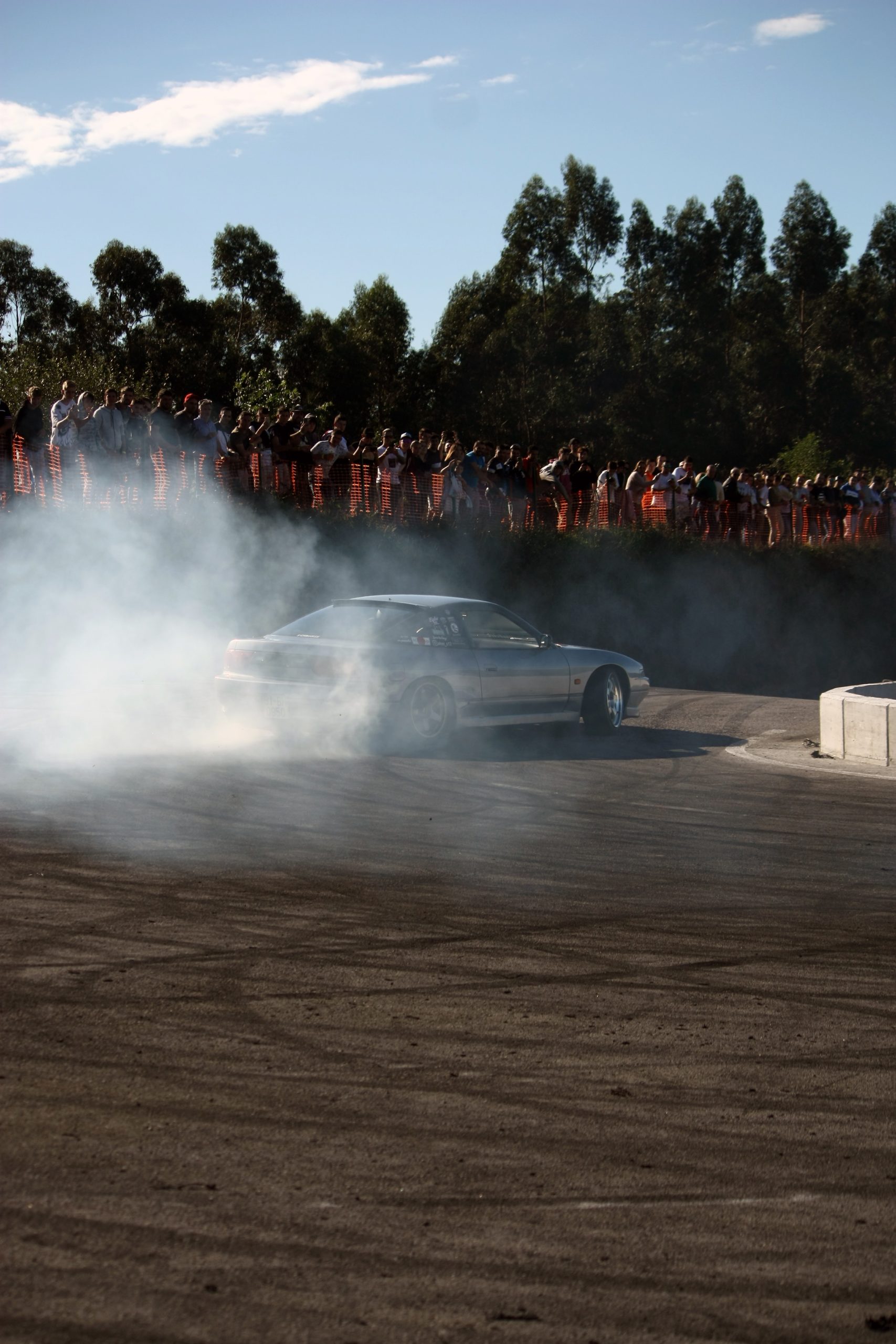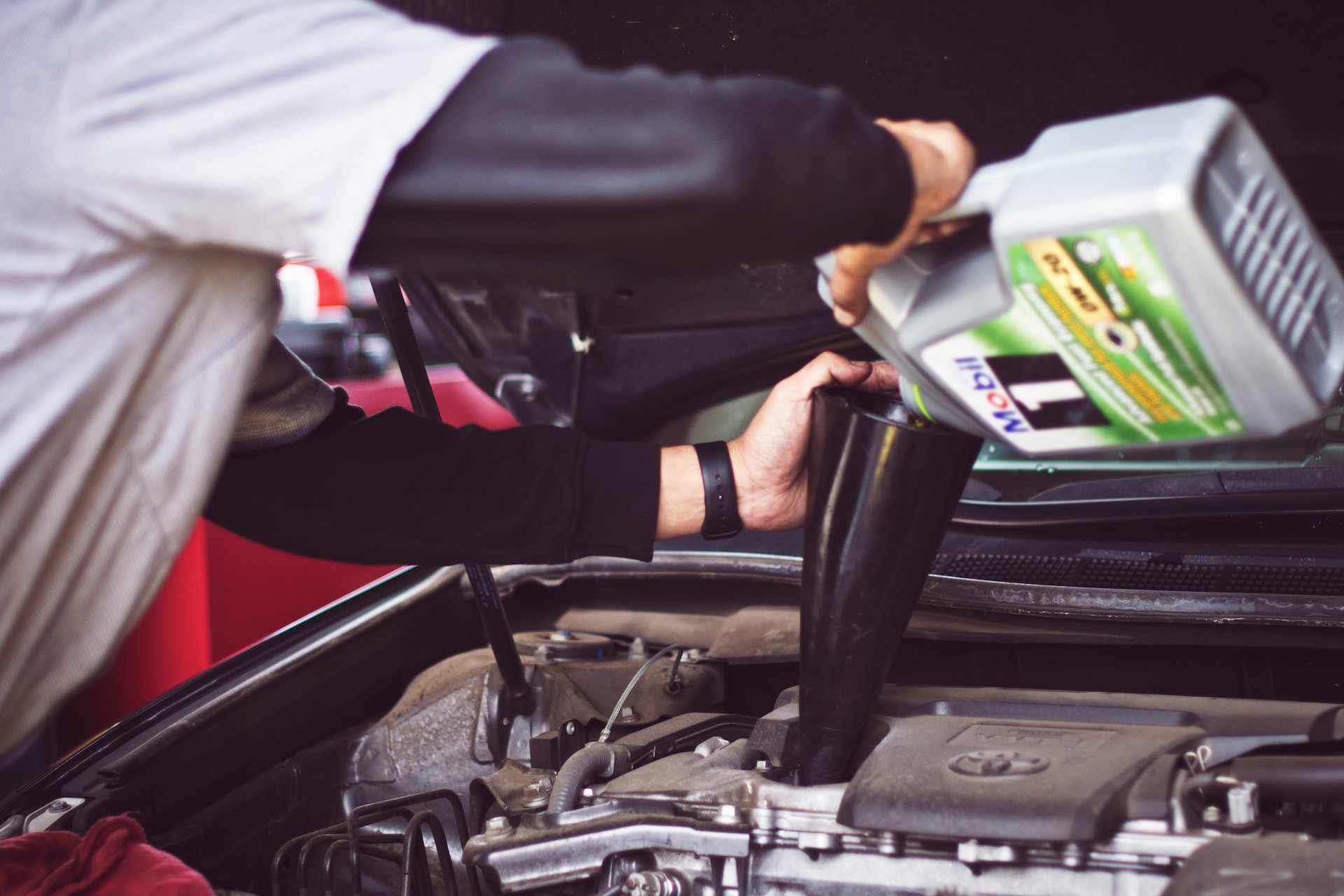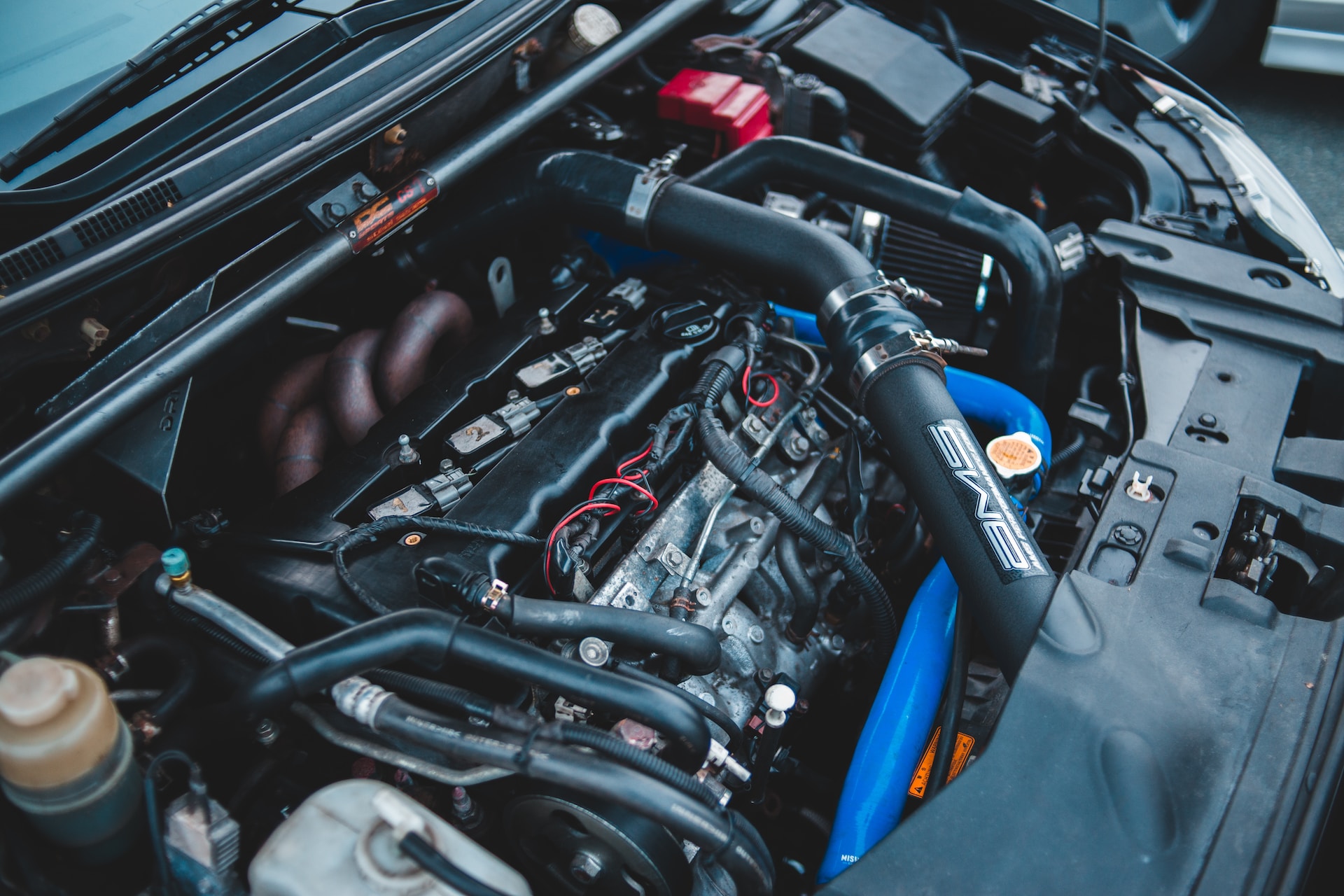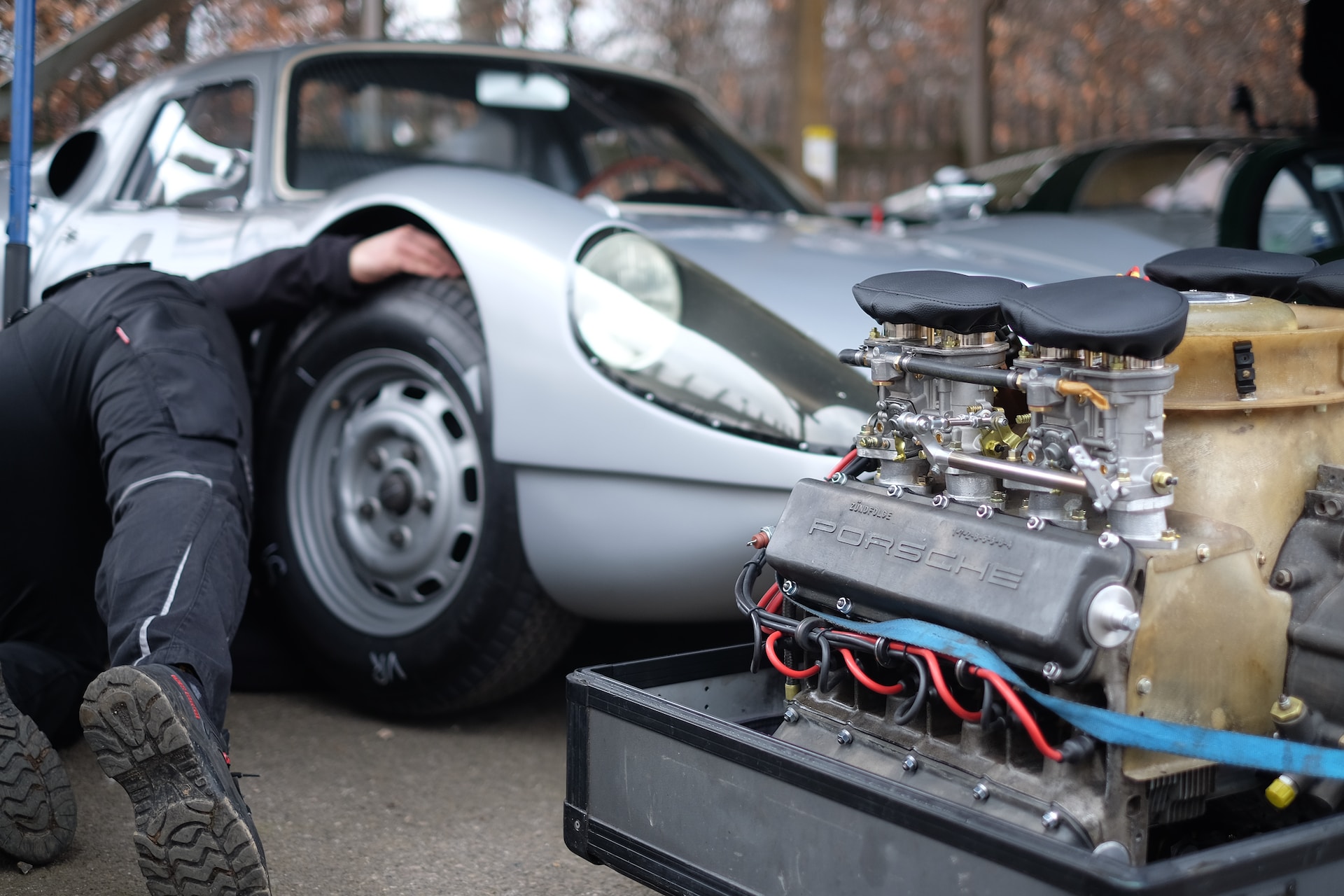Introduction
Driving a manual car can be an exhilarating experience that puts you in direct control of your vehicle’s gears. While automatic transmissions have gained popularity, mastering the art of driving a manual car offers several benefits, including increased control, better fuel efficiency, and a deeper connection with the driving experience. In this article, we will provide you with 10 essential tips for driving a manual car, focusing on the dos and don’ts to help you become a confident and skilled manual driver.
Understanding the Basics
Before delving into the tips, it’s important to grasp the fundamentals of manual transmission and how it differs from an automatic car. In a manual car, the driver manually engages and disengages the clutch while changing gears, using a gear stick and clutch pedal. This manual control allows for a more engaging and personalized driving experience.
Dos and Don’ts of Driving a Manual Car
Do: Familiarize Yourself with the Clutch Pedal
- The clutch pedal is a crucial component of manual cars, allowing for smooth gear transitions.
- Take the time to understand its function and practice proper foot placement.
- This will help you develop clutch control techniques and enable smoother gear changes.
Check our blog on How much does it cost to fix a oil leak?
Don’t: Rest Your Hand on the Gear Stick
- It’s a common habit for drivers to rest their hand on the gear stick while driving.
- This can lead to unnecessary pressure and potential damage to the transmission.
- To maintain proper control, keep both hands on the steering wheel while driving.
Do: Engage the Clutch Smoothly
- Smooth clutch engagement is key to avoiding jerky movements and maintaining a comfortable driving experience.
- Learn to release the clutch pedal gradually, matching it with the accelerator, for seamless gear changes and smooth acceleration.
Don’t: Ride the Clutch
- Riding or slipping the clutch occurs when the driver partially engages the clutch pedal while driving.
- Avoid this practice by fully engaging or disengaging the clutch when necessary and keeping your foot off the pedal when not in use.
Do: Practice Shifting Gears
- Mastering the art of shifting gears is essential for manual car driving.
- Familiarize yourself with the gear positions and practice shifting smoothly and swiftly.
- Remember to engage the clutch fully, release the accelerator, shift gears, and gradually release the clutch while accelerating.
Don’t: Downshift at High RPMs
- Downshifting at high RPMs can strain the engine and lead to potential damage.
- Instead, downshift at appropriate engine speeds to match the desired gear, allowing for a smooth transition without excessive stress on the engine.
Do: Use the Handbrake on Hills
- Starting on an incline can be challenging, especially for beginners.
- To prevent rollback, engage the handbrake while releasing the clutch and then smoothly release the handbrake as you engage the accelerator and clutch for a smooth uphill start.
Don’t: Rest Your Foot on the Clutch Pedal
- Resting your foot on the clutch pedal, known as “riding the clutch,” can cause premature wear and tear.
- Keep your foot off the clutch pedal when not actively engaging it to preserve its longevity and ensure smooth operation.
Do: Master the Hill Start
- Hill starts require a combination of clutch control, throttle management, and handbrake usage.
- Practice this technique by finding a moderately inclined slope, engaging the handbrake, releasing the clutch smoothly, and accelerating gently to ensure a smooth start.
Check our blog on Common car hacks?
Don’t: Skip Regular Maintenance
- Regular maintenance is crucial for any vehicle, and manual cars are no exception.
- Stick to the manufacturer’s recommended maintenance schedule, including oil changes, clutch inspections, and overall system check-ups.
- This ensures optimal performance, longevity, and safety while driving.
Conclusion
By following these 10 essential tips for driving a manual car, you can enhance your driving skills and enjoy the numerous benefits that come with manual driving. From mastering the clutch pedal to smooth gear transitions, each tip contributes to a safer, more enjoyable driving experience. Manual driving offers increased control, better fuel efficiency, and a deep connection with the vehicle, making it a worthwhile skill to develop. Embrace the challenge, practice regularly, and savor the rewarding feeling of being in full control of your car.
FAQs about Driving a Manual Car
Is it difficult to learn how to drive a manual car?
Learning to drive a manual car may require some practice and coordination, especially if you’re new to manual transmissions. However, with patience and perseverance, anyone can learn how to drive a manual car. It’s important to take the time to familiarize yourself with the clutch pedal, practice shifting gears, and develop clutch control techniques. With practice, you’ll gain confidence and become comfortable with manual driving.
Are manual cars more fuel-efficient than automatic cars?
In general, manual cars tend to be more fuel-efficient than automatic cars. Manual transmissions allow for better control over gear selection, enabling drivers to optimize engine power and fuel consumption. By shifting gears at appropriate engine speeds, manual drivers can often achieve better fuel economy compared to automatic transmissions, which may shift gears less efficiently. However, individual driving habits and the specific vehicle’s design can also influence fuel efficiency.
Can I switch from driving an automatic car to driving a manual car easily?
Switching from driving an automatic car to a manual car may require some adjustment, but it’s certainly possible to make the transition. While the fundamental principles of driving remain the same, operating a manual car involves coordinating the clutch pedal, gear stick, and accelerator. It’s crucial to spend time practicing and familiarizing yourself with the clutch’s engagement point and gear shifting technique. With practice, muscle memory will develop, and driving a manual car will become more intuitive.
What are the advantages of driving a manual car?
Driving a manual car offers several advantages. Firstly, it provides greater control over the vehicle’s gears, allowing for a more engaged and connected driving experience. Manual transmissions also tend to be more affordable to purchase and maintain compared to automatic transmissions. Additionally, manual cars often have better fuel efficiency, giving drivers more control over fuel consumption. Finally, learning to drive a manual car can be a valuable skill that expands your driving capabilities, enabling you to drive a wider range of vehicles and adapt to various driving conditions.
Why Tune in to Used Auto Arena?
Tuning into Used Auto Arena for car updates is a smart decision for several reasons. Firstly, Used Auto Arena provides up-to-date information on the latest trends and developments in the automotive industry, including new models, features, and technologies. This information can help car buyers make informed decisions about their next vehicle purchase and ensure that they are getting the best value for their money.




